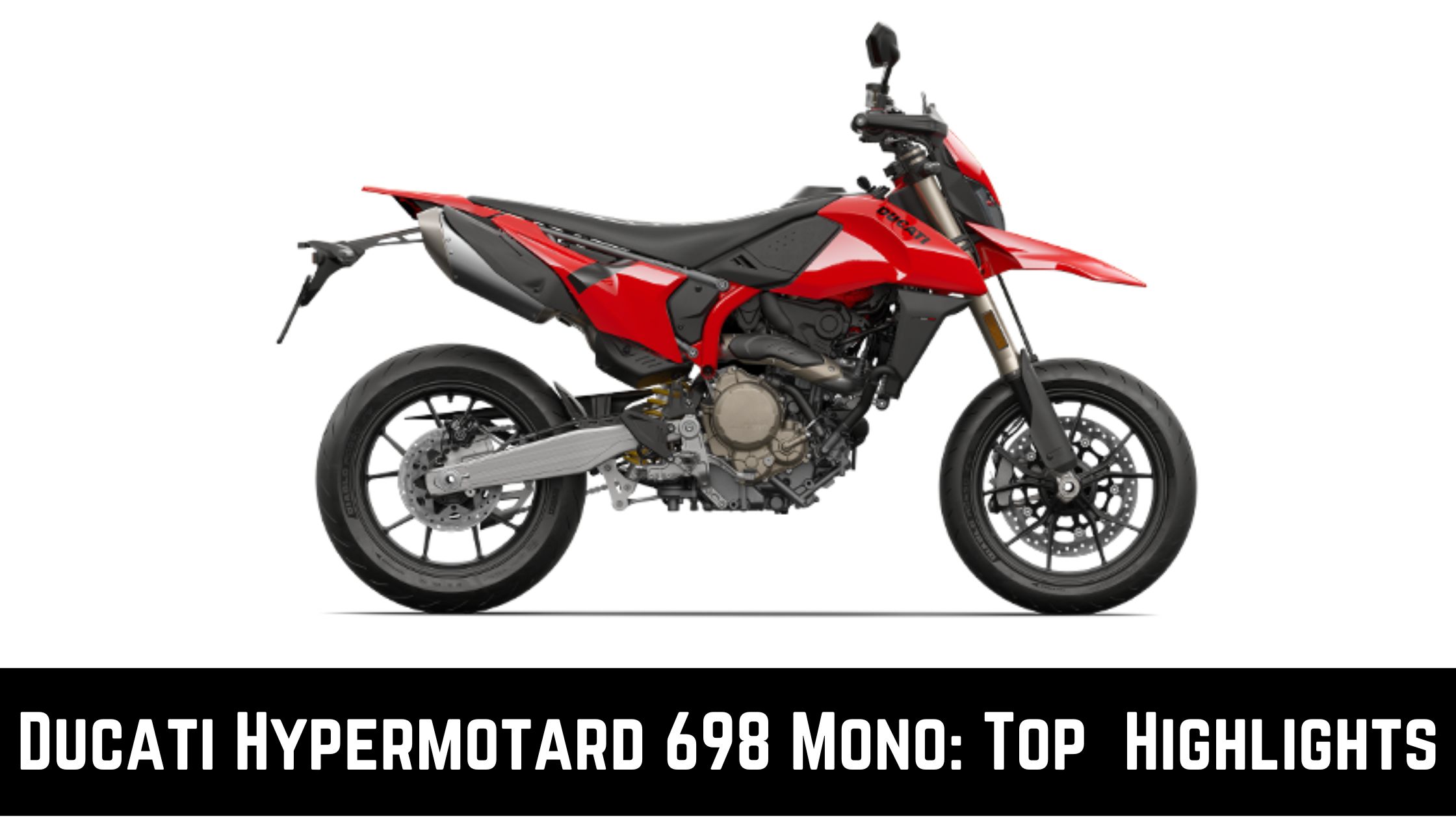What are the Different Types of Motorcycle Suspension?
The first motorcycle suspensions appeared at the beginning of the 20th century. In the beginning, motorcycles’ front wheels featured suspensions. The term “shock absorbers” can also refer to motorcycle suspension. This device allows motorcycles to travel safely and without incident on many types of roads. Several studies have indicated that the telescopic fork is the most commonly used Suspension. Other suspensions are variations on this Suspension. Due to the motorcycle’s frame, the company could not install rear suspensions, but after World War II, they installed rear suspensions on bikes.
Although an Indian manufacturer began installing suspensions on bikes in 1913, the road conditions were not the same as they are now. Therefore, it wasn’t able to gain much popularity. Because of better research, there are now many types of Suspension, but their work is all very similar. A variety of suspensions are employed depending on the design and production cycle.
Types Of Motorcycle Suspension
1. Front Suspension
- Telescopic Suspension.
- The telescopic Suspension (upside down)
2. Rear Suspension
- Spring-loaded hydraulic Suspension.
- Gas-filled or Nitrox-charged shock absorbers.
- Mono shock
Front Suspension
1. Telescopic Fork Suspension
Almost all motorcycles today have telescopic Suspension at the front. A primary barrel and a slider bar within this Suspension allow free movement. There is a spring and fork oil inside to provide shock absorption. Its benefits include the fact that it is easy to assemble and has a straightforward design. This makes it more enjoyable than previous designs that rely on association systems and exterior workings. Lastly, it has a straightforward aesthetic that riders may find appealing. The “USD” (upside-down) fork suspension is a more expensive and contemporary variant of telescopic Suspension.
2. USD Fork Suspension (Upside Down)
Inverted forks are another name for USD forks, which are set up differently from telescopic forks. This Suspension places the fork tube close to the axle and the outer slider higher for enhanced handling and comfort. The USD system has two benefits: it reduces the motorcycle’s added weight, and it enhances flexibility, which can improve handling. However, USD forks have two drawbacks: they are more expensive than standard telescopic forks and are notorious for abruptly losing all of their damping oil. These suspensions are typically found on bikes in the sports category.
Rear Suspension
1. Spring Loaded Hydraulic Suspension
This braking system uses hydraulic principles. This Suspension’s base comprises a specific type of liquid called damping oil. This liquid, which is air-tied, is positioned on the hydraulic piston. A spring is located outside the Suspension, ensuring that after the spring piston descends due to pressure, it rises again to the proper position. A significant issue exists with damping oil-based suspensions; if the damping oil is utilized excessively, cavitations or champers bubbles occur inside the damping oil.
Long-distance trips cause this type of motorcycle suspension to lose performance and stability. There are fewer motorcycles in our country with these suspensions. The finest examples include TVS Metro, Hero Splendor, TVS Flame, etc. In addition, twin spring suspensions are common in our nation. It is also known as dual spring suspension, SNS, or spring n spring suspension. You can find this Suspension on the Bajaj CT100. Series spring suspension is present in the TVS Phoenix. However, the main drawback is that it is not particularly effective at absorbing shocks. The primary function of the spring is to reset the piston to its original position.
2. Gas Filled Or Nitrox Charged Shock Absorber
Due to cavitation, spring-loaded hydraulic suspensions are less reliable and durable on lengthy excursions. A canister filled with gas and spring-loaded hydraulic suspensions is added to the system to address this issue. The most common gas utilized for this Suspension is nitrogen, and it is known as Nitrox suspension. The main function of this gas is to stop bubbles from forming inside the oil chamber.
This pressurized gas prevents cavitations from happening, increasing the Suspension’s ability to withstand long voyages. You can also use this gas canister to hold oil and gasoline. It is better for various reasons, and this Suspension boosts its toughness, comfort, and safety. So, you will feel much better if your shock absorbers are packed with nitrous oxide.
3. Mono-Shock Suspension
Mono-shock suspension uses a single shock absorber to dampen road jolts in a motorcycle’s rear frame. This single absorber typically attaches to the swing arm through a linkage mounted on the back wheel. This type of Suspension is frequently called rear Suspension by the Honda Company. Even while dual shock absorbers can occasionally outperform mono-shock Suspension in terms of performance, the mono-shock Suspension is the most effective option. A suspension like this offers better handling and ride, ease of tuning and adjusting, and improved cornering and highway stability. Its maintenance requirements are severe, it cannot support excessive loads, and its lifespan is shorter.
In studying the various types of motorcycle suspension, We hope this post will be helpful.




